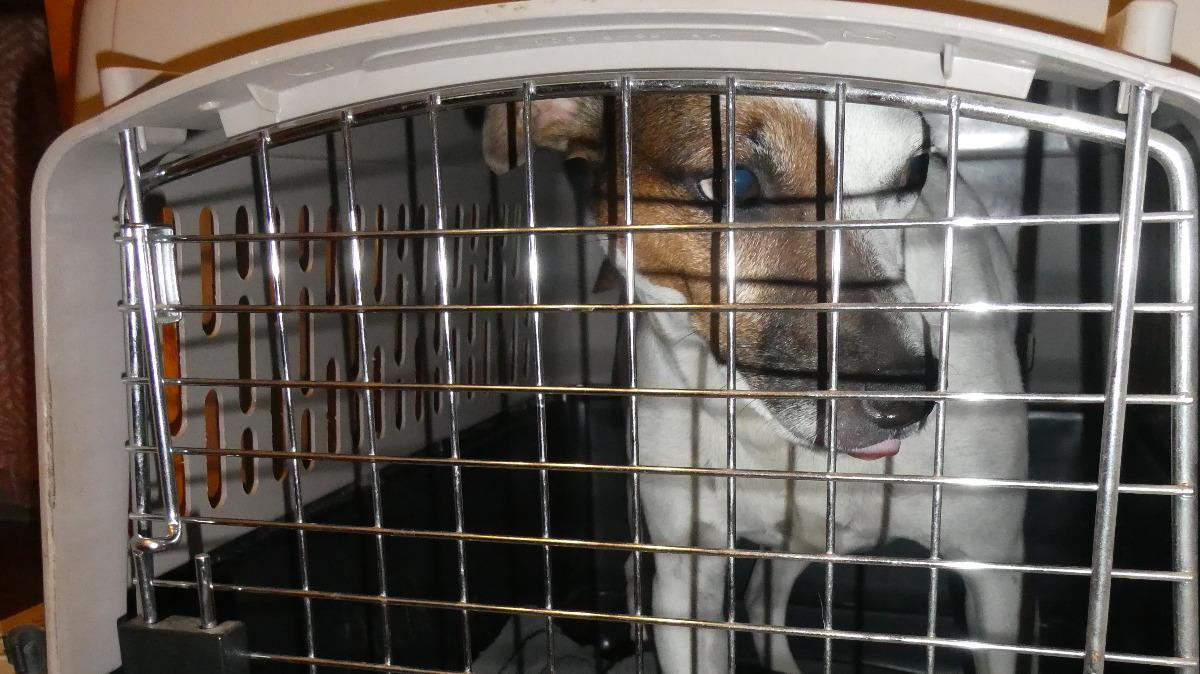June is Emergency Disaster Preparedness Month: Do You Have an Emergency Plan for Your Pets?

- posted: Jun. 05, 2021
Do You Have an Emergency Disaster Preparedness Plan for Your Pets?
June is National Pet Preparedness Month. Thankfully, York County Pennsylvania does not see many natural disasters. But floods, tornadoes and events such as house fires could displace your family, including your pets. Do you have a plan in place if such an event should occur? If not, read on for tips on keeping your pets safe should an emergency situation arise.
First, identify a shelter, a friend or family member or even a pet friendly hotel who can take in your pets if your home is destroyed. Large scale natural events like Hurricane Katrina displaced more than 250,000 pets. People thought they would be able to return to their homes in a few days, but, in reality, days turned into weeks, and many animals were stranded. Do not leave your pets behind in your home unless you are unable to get to them without risking your own safety. Have a plan in place with someone who can look after your pets in the event you cannot return to your home. Partner up with friends, neighbors or family members.
Second, make a list and have pet supplies ready to go in case of an emergency evacuation. Have copies of vaccine/rabies certificates as well as any important phone numbers for your veterinarian or local animal shelter, your pet’s identification tags or information, and a photo of your pet stored in a waterproof bag or container. Pack supplies like bottled water, two weeks’ worth of pet food, food and water bowls, any medications your pet needs as well as disposable litter pans (aluminum pans work well) and (ideally, light weight) cat litter for cats. Remember to rotate food and medications so they are not out of date. Pack items in a container near an exit or in an easily accessible location along with cat carriers or slip leads so you can get your pets out quickly. Trash bags and paper towels are also welcome additions to an emergency bag. A pillowcase can be used as a quick transport carrier for cats, some reptiles or small mammals in an emergency. Having a small first aid kit may also be useful.
If you have birds, reptiles or pocket pets, make sure to have a secure travel cage, a blanket, enough newspaper or bedding, food and water for your pet, a warming device for reptiles (even a hot water bottle can do in a pinch) and an extra water bottle or food and water dishes. A spray bottle may also come in handy to mist birds or reptiles in hot weather.
Finally, consider having your pet microchipped and keep contact information up to date, including alternate contacts. Should you get separated from your pet, he or she has a better chance of being returned to you
Natural disasters can occur quickly and without much warning. Having emergency evacuation plans and kits for your family and your pets may help to prevent tragedy and allow everyone, including our four-legged friends to get to safety. Checklists and more information can be found at: www.ready.gov/animals
https://www.fema.gov/media-library/assets/documents/90356 and many other sites.
This blog brought to you by the Patton Veterinary Hospital serving Red Lion, York and the surrounding communities.
Sources:https://www.aspca.org/pet-care/general-pet-care/disaster-preparedness,
http://www.pbs.org/wnet/nature/katrinas-animal-rescue-introduction/2561/
Location
Patton Veterinary Hospital
425 E Broadway
Red Lion, PA 17356
